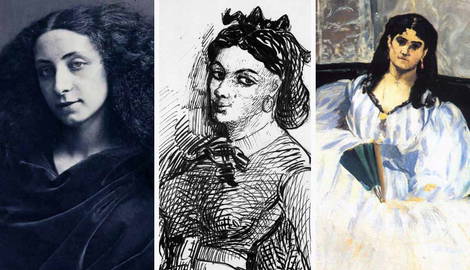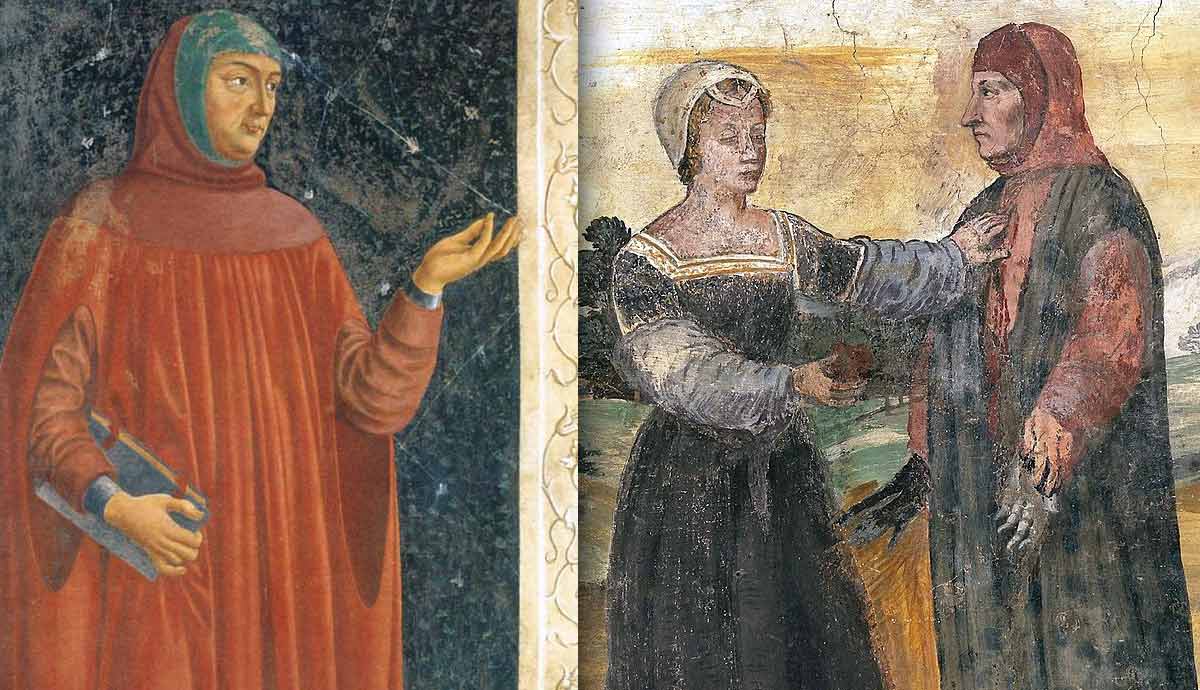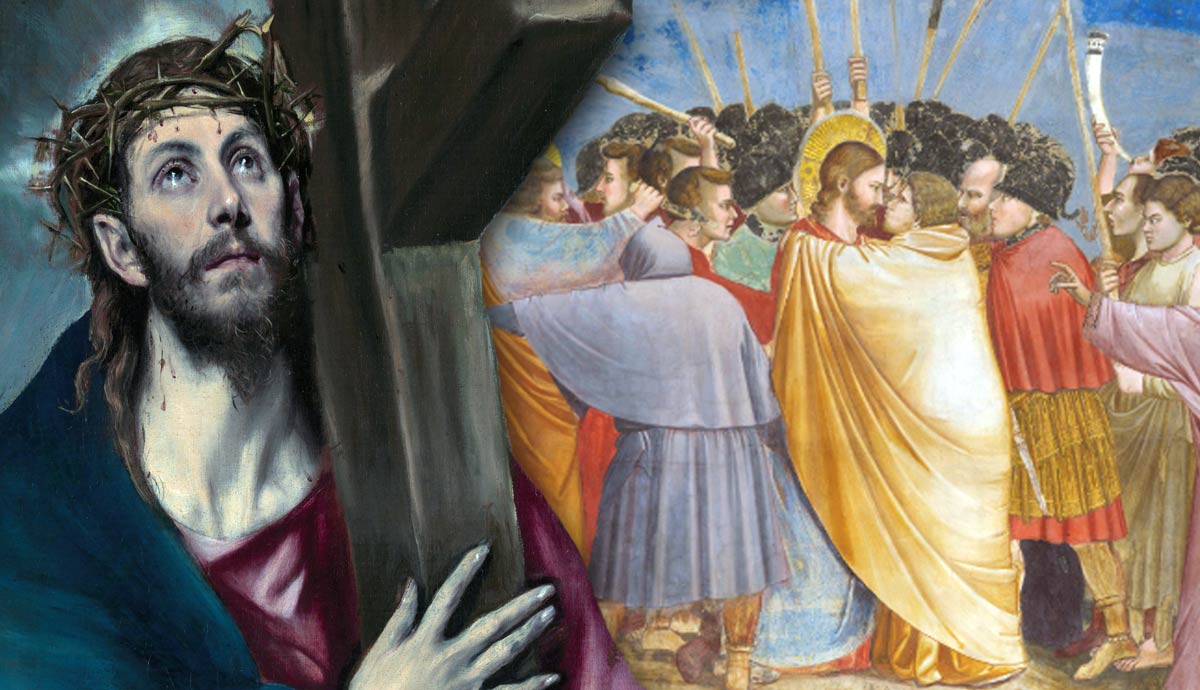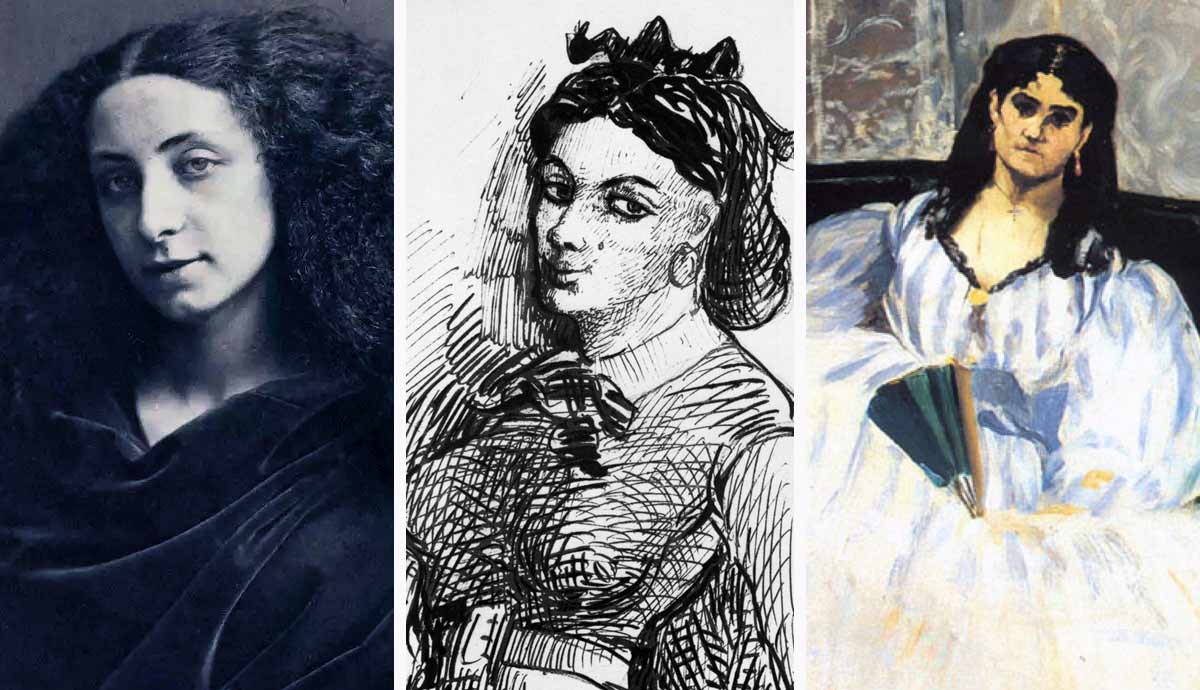
Jeanne Duval is mostly known as the dark-skinned muse of the poet Charles Baudelaire, his demon who inspired his best poems and lived 20 years with him in a dramatic and abusive relationship. However, Duval’s real identity still remains a question, as her partner’s account can hardly be trusted. As a Black woman in mid-19th century France, Jeanne Duval became a victim of colonialist and racist perception and did not find instruments to tell her story on her own terms.
Who Was Jeanne Duval?
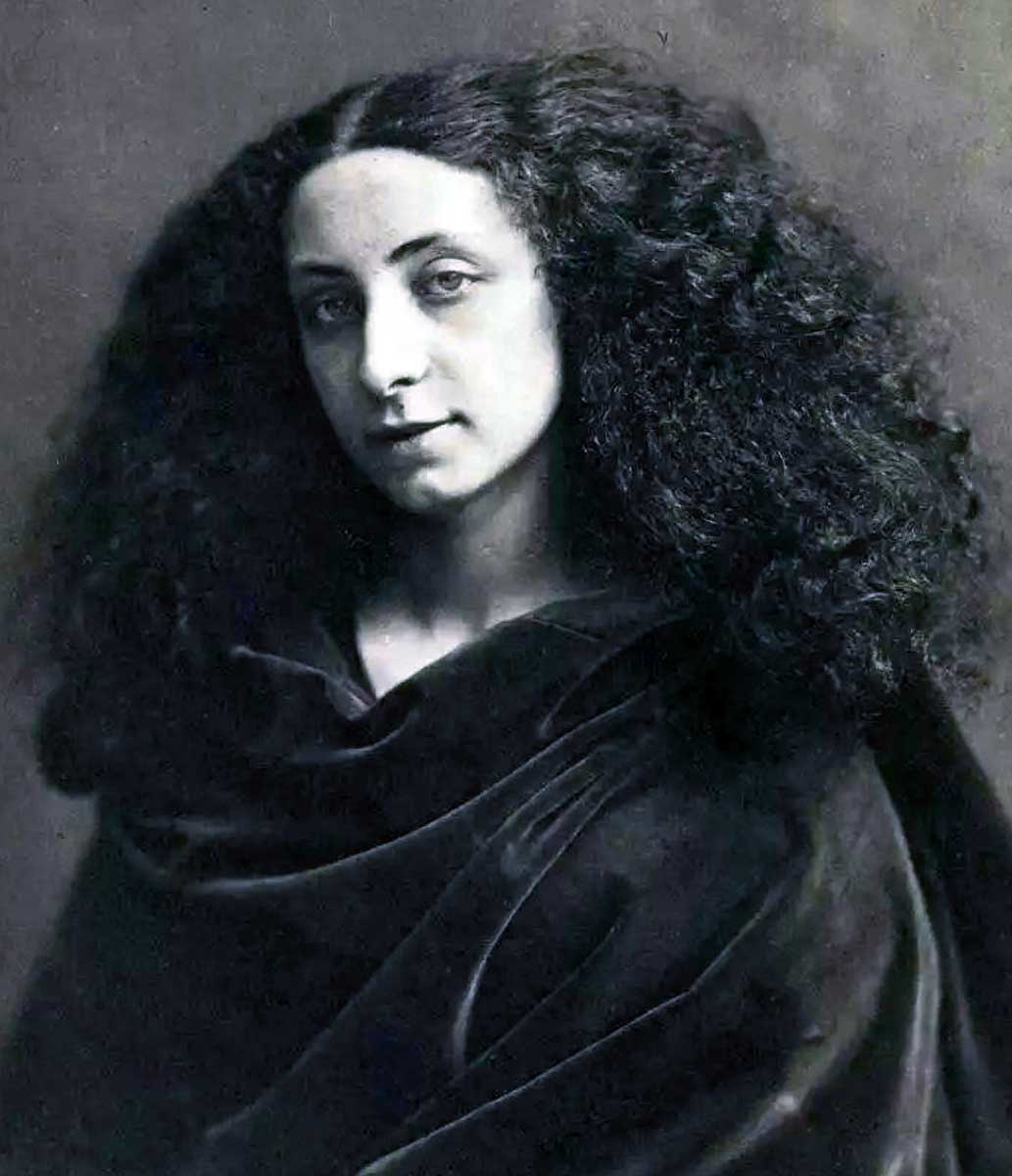
The name of Jeanne Duval is deeply rooted in the history of Western literature and culture, and yet, the woman behind it is conspicuously absent from all these narratives. She is known as the dark-skinned muse of Charles Baudelaire, his greatest love and greatest tormentor, his Black Venus, the Mistress of MIstresses, and the embodiment of a dangerous yet alluring beauty. However, none of these characteristics fit the actual Jeanne Duval as a woman with a complex yet little-researched biography.
The early years of Jeanne Duval remain a mystery. Most likely, she was born in Haiti around the early 1820s. The only document that could somehow prove her origins and family ties was destroyed in a fire, so historians have to rely on other scarce evidence. When Duval was hospitalized in 1859, she stated her age was 32, which many historians doubt. In terms of ethnic identity, most likely, one of her grandparents was Black. This fact alone made her exotic from a European perspective, stirring a mass of racialized prejudices and fantasies.
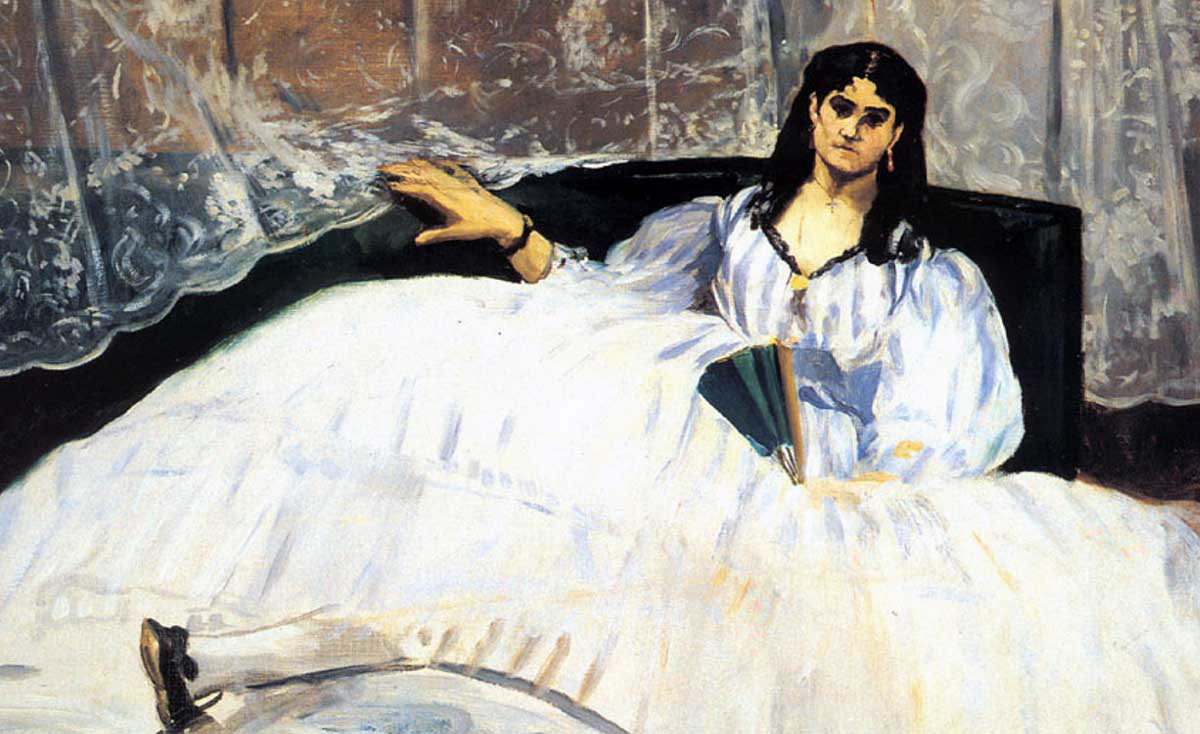
In the spring of 2024, French historian Catherine Choupin published a study on Duval. She discovered that a woman named Florine Jeanne Gabrielle Prosper died in December 1868 (more than a year after Baudelaire) in the Saint-Denis suburb of Paris. In a medical report, the woman was registered as a seamstress born in Port-au-Prince, Haiti. Further research indicated that she possibly was born in 1818 and arrived in France in 1821 with her mother and siblings.
Even Jeanne Duval’s birth name remained a mystery for almost two centuries, as historians usually believed she adopted her well-known surname only after moving to France. She registered under different surnames, including Duval, Prosper, or Lemer. The year of her arrival in Paris is also unknown, but in the late 1830s, she already played minor roles in one of the Parisian theaters and was in a relationship with the famous photographer Felix Nadar.
Charles Baudelaire’s Search for a Mother Figure

Baudelaire was arguably the most important and celebrated of French poets. However, he had a controversial reputation during his lifetime. He was labeled as immoral and decadent and fired for the supposed indecency of his poems. His Symbolist poetry was sensual and heavy with complex images and allegories.
Baudelaire’s relationships with women were in many ways formed through his problematic dynamic with his mother. After losing his father at the age of five, he spent a year closely tied to his mother and developed an unhealthy obsession with her. Her remarriage became a shock to Baudelaire, who saw it as an act of treason of both him and his deceased father. For the entirety of his life, Baudelaire would mentally and financially depend on his mother while she remained emotionally distant.
Traumatized by this sudden loss of motherly affection, Baudelaire turned his life towards the search for strong impressions and radical experiences. In his adult life, he developed opium and alcohol addictions and contracted venereal diseases, including syphilis that eventually killed him. Most likely, Baudelaire’s two-decade-long relationship with Duval was part of his consistent self-destructive behavior. The suffering, moral depravity, and decadent worldview became central to his poetry that shocked his contemporaries.
Jeanne Duval and Charles Baudelaire
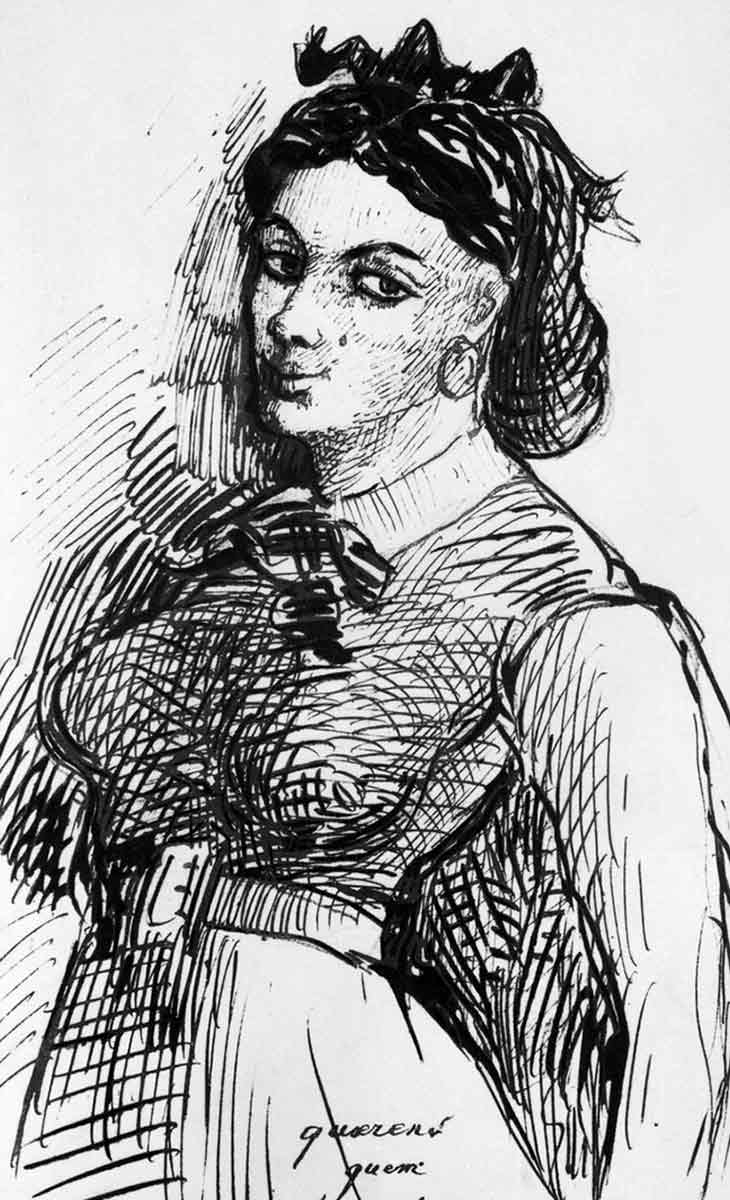
According to recent research, Baudelaire and Duval met in 1842, when they were 21 and 24, respectively. Allegedly, Baudelaire saved the young woman from a group of drunk men who harassed her on the street. What followed was a tormented relationship that lasted almost two decades. It was complex, problematic, and highly romanticized by all parties involved. Just five years after their meeting, Baudelaire published La Fanfarlo, the fictionalized story of their relationship.
The mission of historians figuring out Jeanne Duval’s true identity and character is made even more complex because we cannot trust the source closest to her—Baudelaire’s writing. In his poems, he painted a picture of an exotic, cruel seductress, while in letters to his mother, he described a domestic tyrant and, at the same time, a suffering soul in dire need of help. Baudelaire experts agree that in his correspondence, Baudelaire created an artificial image of his partner to manipulate the reader and craft a particular impression. In the case of his mother, Baudelaire was financially dependent on her and rather successfully extracted money for his addictions by complaining about the suffering inflicted by Duval.
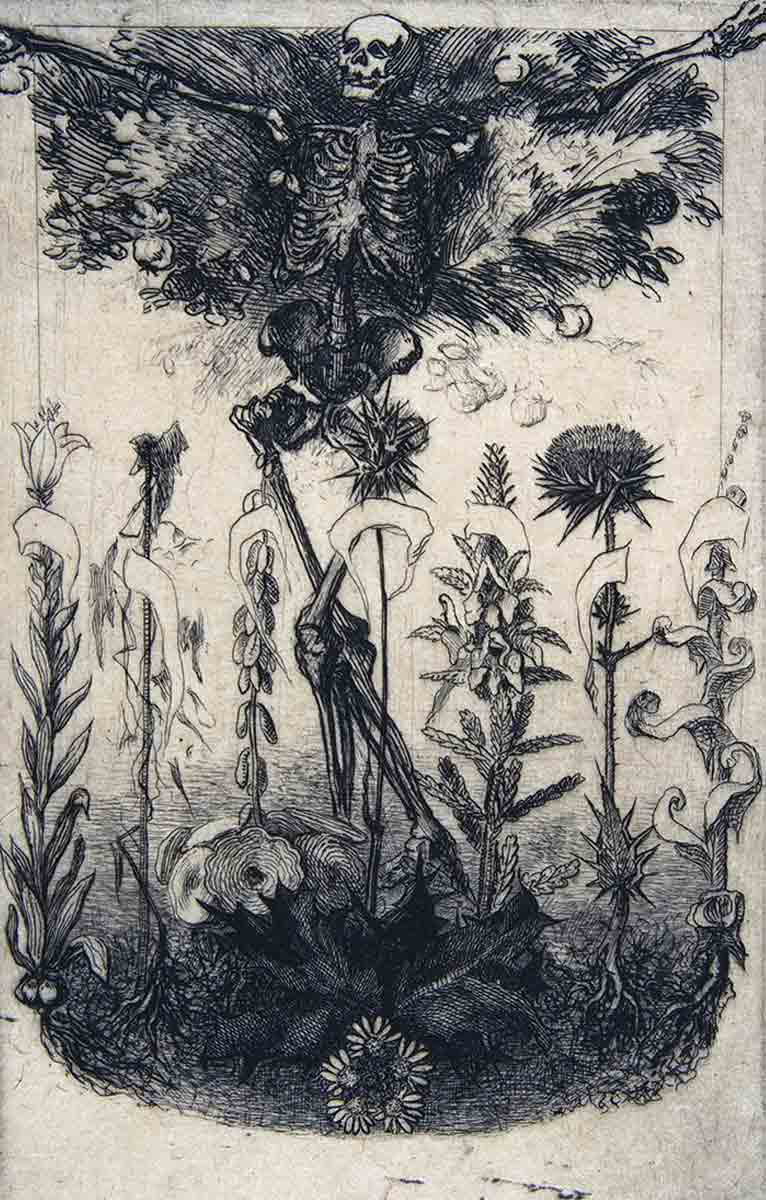
While comparing accounts of Baudelaire and Duval’s behavior in their relationship, the myth of the cruel, monstrous seductress falls apart. As a matter of fact, both parties were prone to external affairs, and both were torn between obsessive admiration of their partner and their humiliation. The main difference was that Baudelaire had opportunities to record and disseminate his version of the story, often in a romanticized or fictionalized form. Moreover, Baudelaire was prone to physical violence and allegedly once fractured Duval’s skull using a vase. Perhaps the most important role of Jeanne Duval that was recorded in history was the inspiration behind The Flowers of Evil, Baudelaire’s legendary collection of decadent and sensual poems. There, she appeared as a cruel mistress and the femme fatale, destructive in her seduction.
The Rumors About the “Black Venus”
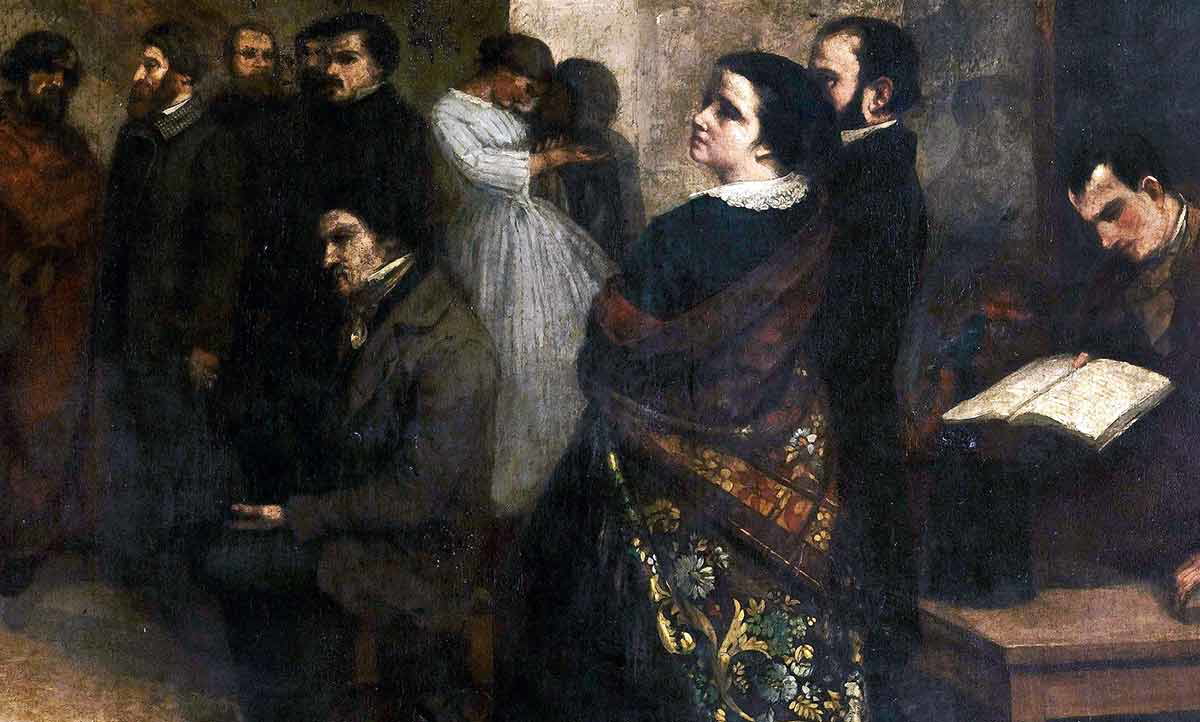
As it seems, none of Baudelaire’s friends were particularly fond of Duval, although many stories are hard to prove today. Duval was blamed for Baudelaire’s spiraling drug addiction (although it is unclear if she ever used any substances) for the poet’s syphilis, as well as for constant manipulation and insatiable greed. Baudelaire wrote that she even burned his notebooks with unpublished poems. However, the sheer length of Baudelaire and Duval’s relationship suggests that it was more than an unfortunate, abusive union. At least for Baudelaire, the two-decade-long relationship fueled his creativity and something of familiar comfort. Unfortunately, we do not have any sources that would provide insights into Duval’s part of the story.

A lot remains unclear about Duval and her relationship with Baudelaire’s circle. According to the biographers of Edouard Manet, Baudelaire’s close friend, he disliked Duval and saw her as a vulgar, unintelligent woman ruining the mental and physical health of the poet. Yet, Manet painted her portrait in 1862, when Duval suffered from syphilis, went blind, and could barely walk. This was a year after Baudelaire finally broke off their relationship, so the choice of a model could not be explained by a friend’s request.
Duval appeared in the famous painting by Gustave Courbet. The Painter’s Studio – A Real Allegory Summarizing My Seven Years of Life as an Artist represented a large-scale multi-figure collection of important people in the artist’s life. Originally, he painted Duval next to the reading figure of Baudelaire in the right corner of the work. However, after yet another row, Baudelaire asked Courbet to overpaint the image. Still, the presence of Duval’s silhouette is evident in the work.
Race & Femininity in the Works of Charles Baudelaire
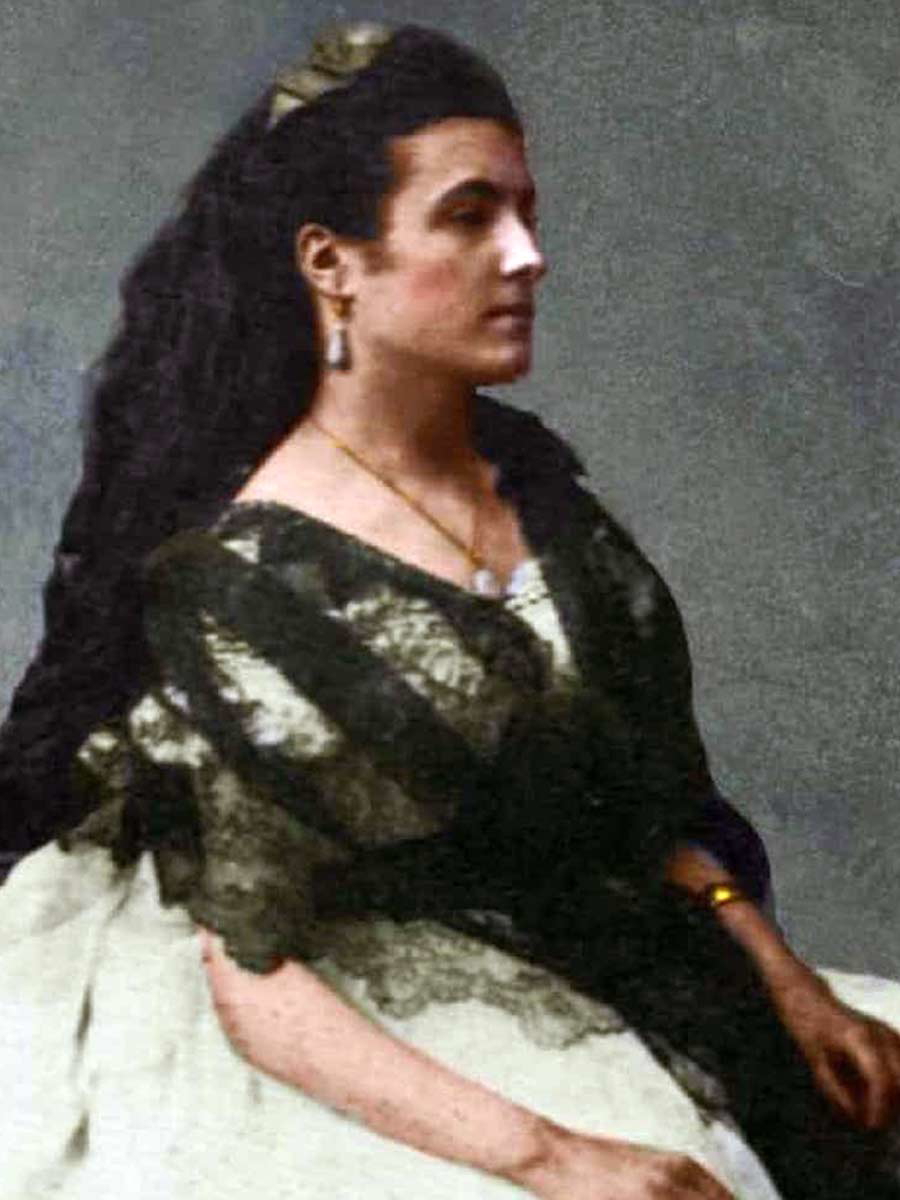
One does not have to be an expert in history to notice the racial bias of almost every account of Duval’s contemporaries. The recorded image and descriptions of Duval were driven by colonialist fantasies of her social circle and erotic fantasies of Baudelaire. He called her a demon and a vampire and described her body in detail, associating her name with her sexuality. Hardly ever in Baudelaire’s writings can we find a convincing image of Jeanne Duval as an actual woman with a past of her own or any mundane concerns.
Baudelaire obviously exaggerated and fetishized her ethnic features, focusing on her dark skin, curly hair, and full lips. Her ancestry turned her into a walking racial stereotype and turned her into the Other for the white French men who defined the art and culture of that time. Curiously, only a portrait by Manet stands out from the stereotypical depiction: reclining on a sofa, Duval bears no obvious markers of Otherness.
Some historians believe that part of Duval’s negative reputation developed by comparing the Black Venus to the White one. Another woman present in The Flowers of Evil was Apollonie Sabatier, a white French model and another mistress of Baudelaire, whom he called his Guardian Angel. The racial and social contrast (Sabatier was the hostess of a popular artistic Salon) did not work out in Duval’s favor. As a Black woman in 19th-century Paris, Duval’s existence was defined by stereotypes that turned her into a short-tempered, sexually perverse, and vulgar exotic being.
